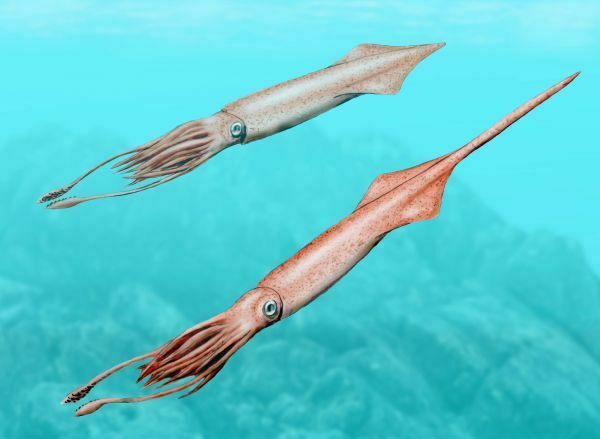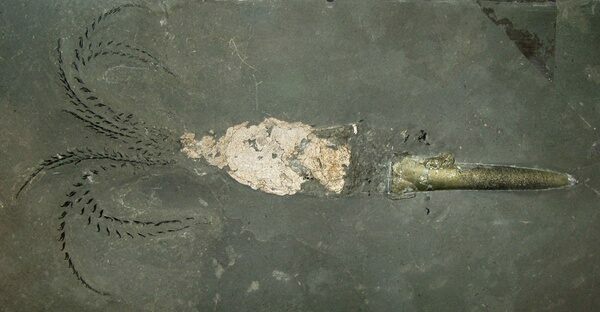Delaware State Fossil - Belemnite (Belemnitella americana)
In 1996 the Delaware state legislature designated fossil belemnites (Belemnitella americana) as the Delaware state fossil.
Belemnites were extinct cephalopods that would have been distantly related to today’s squid and octopus. They would have looked similar to a squid, having ten, long arms covered in hooks (rather than suckers) which would have been used to grasp their grey. They had a hard internal skeleton composed of calcite called a rostrum and would have moved via jet propulsion, expelling water through a siphon. Belemnites had an internal gas-filled chambers to maintain buoyancy. They first appeared during the Jurassic and went extinct at the end of the Cretaceous, dying out along with the dinosaurs.
In Delaware, Belemnite fossils are quite abundant in exposures of the Mount Laural Formation. This geologic formation outcrops along the banks of the Chesapeake and Delaware Canal, east of St. Georges. The deposits represent a shallow sea from the Late Cretaceous, about 70 million years ago. The most common belemnite fossils are part of the internal shell called the rostrum or guard. It is a tapered, cylindrical structure that would have enclosed the more delicate chambered shell of the belemnite. The fossilized guards are similar in size and shape to a fat pencil.
Belemnites were extinct cephalopods that would have been distantly related to today’s squid and octopus. They would have looked similar to a squid, having ten, long arms covered in hooks (rather than suckers) which would have been used to grasp their grey. They had a hard internal skeleton composed of calcite called a rostrum and would have moved via jet propulsion, expelling water through a siphon. Belemnites had an internal gas-filled chambers to maintain buoyancy. They first appeared during the Jurassic and went extinct at the end of the Cretaceous, dying out along with the dinosaurs.
In Delaware, Belemnite fossils are quite abundant in exposures of the Mount Laural Formation. This geologic formation outcrops along the banks of the Chesapeake and Delaware Canal, east of St. Georges. The deposits represent a shallow sea from the Late Cretaceous, about 70 million years ago. The most common belemnite fossils are part of the internal shell called the rostrum or guard. It is a tapered, cylindrical structure that would have enclosed the more delicate chambered shell of the belemnite. The fossilized guards are similar in size and shape to a fat pencil.
RELATED ARTICLES
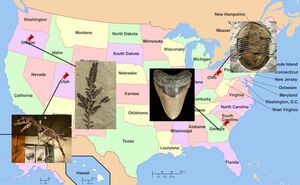
List of State Fossils

Idaho State Fossil - Hagerman Horse (Equus simplicidens)
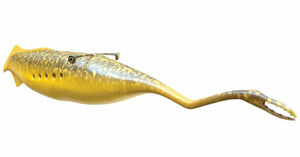
Illinois State Fossil - Tully Monster (Tullimonstrum gregarium)

Nevada State Fossil - Ichthyosaur (Shonisaurus popularis)
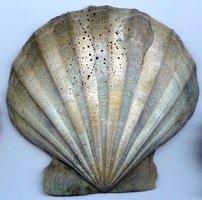
Virginia State Fossil - Scallop (Chesapecten jeffersonius)
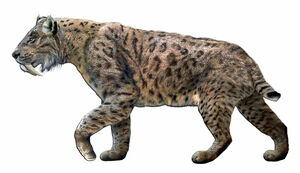
California State Fossil - Saber-Tooth Tiger (Smilodon californicus)
 Reviews
Reviews
